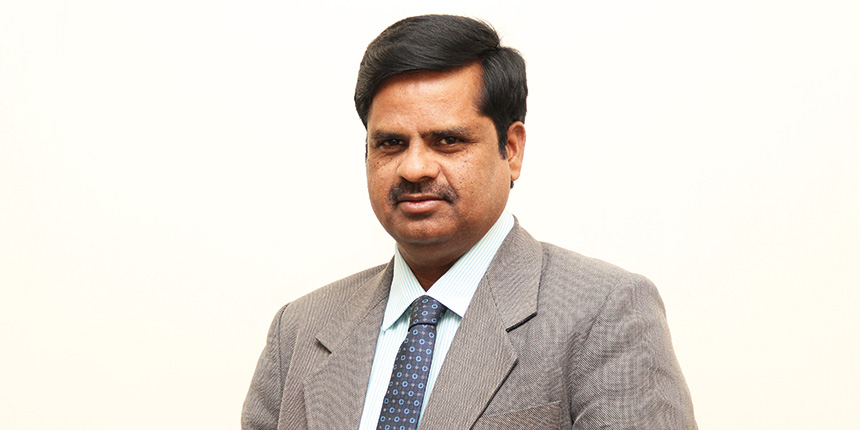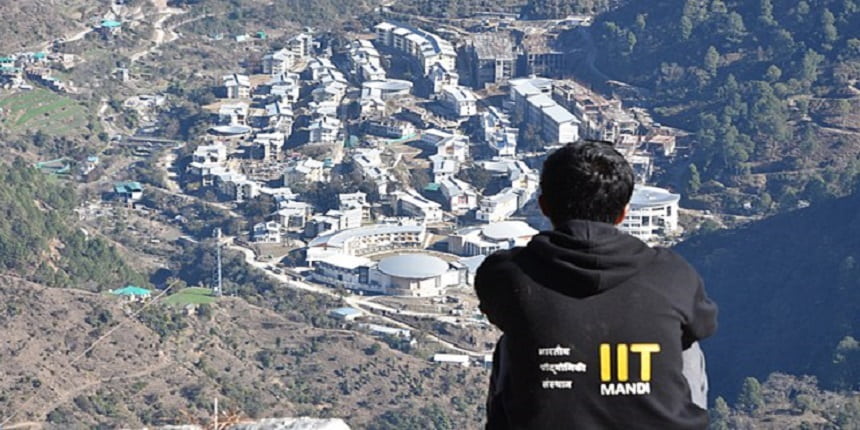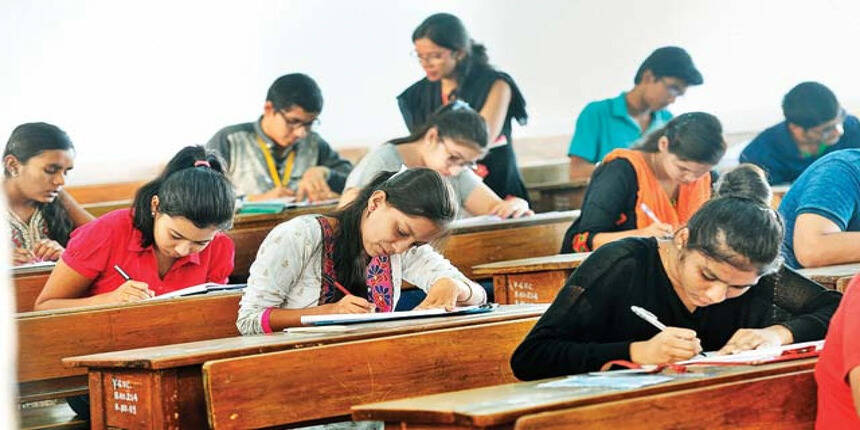‘We are focusing on technology-driven laws’: Mahindra University law school dean
Before Mahindra University, V Balakista Reddy was director of NALSAR Hyderabad’s Centre for Aerospace and Defence Laws.
 V Balakista Reddy, dean, Mahindra University School of Law
V Balakista Reddy, dean, Mahindra University School of LawTeam Careers360 | January 13, 2024 | 05:02 PM IST
By R. Radhika
NEW DELHI: V. Balakista Reddy has been instrumental in drafting India’s first body of laws on space activities. He was a professor of international law at the National Academy of Legal Studies and Research (NALSAR), Hyderabad, before joining Mahindra University as dean, School of Law. He was the director of NALSAR Hyderabad’s Centre for Aerospace and Defence Laws (CADL) and the former coordinator of the LLM course for International Trade and Business Laws (ITBL). He spoke to Careers360 about the emerging field of air and space law and its prospects in India. Edited excerpts below
Q What is the Air and Space Law and why is it important today?
A. Both the aviation and space industries have been largely government-driven industries for long but in the past 10 years, the sector has opened up. Public-private partnerships have brought in a lot of investments and new ventures are taking place. Over 1 crore people depend on aviation for transport and to cater to this population, India needs 700 to 800 aircraft. The sector has plenty of potential.
Similarly, in space technology, India is witnessing a shift from scientific space to commercial space. Today, India is a leader in space technology. For example, our remote sensing technology is the best in the world and it is also the cheapest. That’s why several countries are purchasing from India and the market is growing.
Also read ‘CLAT exam in regional languages is impractical’: NUJS VC
The moment you talk about aviation laws, we have to talk about the Convention on International Civil Aviation, Chicago, 1944. India is a party to this convention. In addition, we have domestic law like the Aircraft Act of 1934 and there are around 15 to 20 important legislations that deal with civil aviation. International and domestic laws, liability law, cargo related issues, passenger traffic, delay of cargo – these are some of the areas that pertain to air laws.
Similarly, the Magna Carta of outer space is the Outer Space Treaty of 1967. Unfortunately in India, we do not have space laws yet, but it is a work in progress. I have contributed to building a policy that will govern space laws.
Q. Can you tell us about the draft space legislation for India, framed with the Indian Space Research Organization (ISRO)?
A. In India, we have been focussing on (space) technology, but we don’t have a space law. It took me a long time to convince the government to start working on space laws. In the early 90s, I met K Kasturirangan (former ISRO head) who had asked me to look into space legislation. I studied the existing space laws of countries like the United States of America, Australia and other developed countries and prepared drafts of the Space Activities Act in 2000, 2005 and 2009.
In 2016, the prime minister appointed a committee that drafted two legislations and I was part of it. The draft Space Activities Bill 2017 is pending in the parliament.
We need to have a clear-cut policy that enables private investment in the space sector. Only a formal, well-defined legislation builds confidence in private players who would invest billions of dollars in the industry.
Q What kind of career opportunities does the field offer?
A. Airports have huge requirements for employees with managerial, technical and legal background. For instance, 80% of candidates taking up master’s in aviation law and transport management have a technology background. People who have done BTech in aeronautical or mechanical engineering thrive in this industry with an additional knowledge of air and space law. This is the area where specialists are needed and skill-sets matter the most. The field is going to attract more people as lakhs of jobs like aircraft maintenance, advisory roles and other technical jobs are going to come up.
Also read 3-year Vs 5-year LLB course: Which is better?
Q Have you also helped design the curriculum on the subject for universities like NALSAR and Mahindra University?
A. In my 23 years at NALSAR, I have designed several courses. Some of them are Masters in Aviation Law and Air Transport Management (MALATM), Masters in Space and Technology Law (MSTL), Post-Graduate Diploma in Aviation Law and Air Transport Management (PGDALATM) and Post-Graduate Diploma in Remote Sensing and GIS Law (PGDRSGL).
These courses received an overwhelming response from working professionals. In a class of 100 students, 30 to 40 are from retired army backgrounds. Many are from the air force. They are finding re-employment after taking up these courses. Even freshers can gather additional knowledge with these courses, making them ideal candidates for the industry.
Our country needs aviation experts. You have thousands of management colleges but very few teach aviation management. That’s why I have designed a programme called Aviation Law with Air Transport Management. To promote air and space law, I have also prepared a syllabus for the subject and submitted it to the University Grants Commission.
I have different plans for Mahindra University. There are over 1,400 law colleges and universities in India. If Mahindra University has to stand apart, we must do something unique, to be known as a new-age law school. We are focussing more on technology-driven laws, or “techno law” as we call it. The courses are a work in progress at this point.
Q What kind of challenges do you see in air and space law that are still developing and are worth pursuing research in?
A. People pursue LLB and LLM and go for practice but research is often neglected, especially in areas like airspace, defence and maritime law. These are all new fields. As a scholar and a teacher, I am doing my part and promoting research here. For example, I have guided 14 PhD scholars in aerospace laws, defence law and maritime law.
Since the field is relatively new, there are only a few teachers. A lot of my students are now in some of the best law schools and law colleges promoting international laws.
Also read ‘We aim to groom next generation of air and space lawyers’: RGNUL Punjab VC
Q University and even school students are now building space tech. Do you think space law should be taught in universities and schools?
A. Initiatives like Start-Up India, Skill India and Digital India are encouraging new talent. Some universities have their own small satellites. The environment is great for this kind of innovation, especially after the launch of Chandrayaan 3.
As soon as you talk about teaching space tech, the law related to it becomes integral. You can see how much technology has developed, but no one talks about the legal side of it. For example, people are aware of cybercrimes and also know where to go and whom to reach out for help. It’s our responsibility to inculcate that culture among students. There is no field where law is not needed.
Follow us for the latest education news on colleges and universities, admission, courses, exams, research, education policies, study abroad and more..
To get in touch, write to us at news@careers360.com.




